Mexican Auto Industry Undeterred by 7.1 Magnitude Earthquake

Automakers spent Wednesday surveying factory sites in Central Mexico after a 7.1 magnitude earthquake ravaged the region Tuesday evening. However, after some momentary shutdowns, it’s looking like business as usual for most manufacturers. Despite countless injuries, over 200 fatalities, and widespread damage yet to be fully assessed, the automotive industry emerged from the quake largely unscathed.
Arguably the hardest hit, Volkswagen Group’s Puebla plant temporarily halted assembly so workers could inspect buildings for damage. Finding no significant structural harm, factory employees resumed third-shift production of the Jetta and Golf.
Audi’s crossover plant, also in the state of Puebla, sustained no obvious damage. It’s second shift was halted early on Tuesday as well. The company said third-shift production was canceled so that employees could attend to their loved ones after the quake.
Nissan similarly underwent a temporary shutdown on Tuesday and sent workers home for the remainder of the day in order to conduct a structural investigation of the site. “We will assess those facilities for damage before determining when they can return to safe operation. We expect to have more to share in the coming days,” the company said in an official statement.
While most other manufactures operate sites further away from the quake’s epicenter, south of Mexico City, Fiat Chrysler Toluca Car Assembly is only a little over an hour away. The factory would have been among the closest to ground zero, but FCA has yet to release any information on the status of its facilities. However, Ford said its Cuautitlán Assembly went undamaged despite its proximity to the Mexican capital.
Toyota and General Motors’ Mexican-based plants were both too far north to have been seriously affected.
Shipping lines are also largely unaffected. Preliminary infrastructure assessments indicate minimal destruction beyond city centers, despite the strength of the earthquake. Most roadways and rail lines remained intact, while shipping ports were too far away to have suffered from the incident.
[Source: Automotive News]

A staunch consumer advocate tracking industry trends and regulation. Before joining TTAC, Matt spent a decade working for marketing and research firms based in NYC. Clients included several of the world’s largest automakers, global tire brands, and aftermarket part suppliers. Dissatisfied with the corporate world and resentful of having to wear suits everyday, he pivoted to writing about cars. Since then, that man has become an ardent supporter of the right-to-repair movement, been interviewed on the auto industry by national radio broadcasts, driven more rental cars than anyone ever should, participated in amateur rallying events, and received the requisite minimum training as sanctioned by the SCCA. Handy with a wrench, Matt grew up surrounded by Detroit auto workers and managed to get a pizza delivery job before he was legally eligible. He later found himself driving box trucks through Manhattan, guaranteeing future sympathy for actual truckers. He continues to conduct research pertaining to the automotive sector as an independent contractor and has since moved back to his native Michigan, closer to where the cars are born. A contrarian, Matt claims to prefer understeer — stating that front and all-wheel drive vehicles cater best to his driving style.
More by Matt Posky
Latest Car Reviews
Read moreLatest Product Reviews
Read moreRecent Comments
- MaintenanceCosts Depends on the record of the company developing them. If it’s got a record of prioritizing safety over years of development, I’ll be fine with it, and I’ll expect it to be less risky than typical idiot human drivers. If it’s a “move fast and break sh!t” outfit like Tesla or Uber, no way.
- Kwik_Shift_Pro4X No thanks. You'll never convince me that anybody needs this.
- Kwik_Shift_Pro4X I'd rather do the driving.
- SCE to AUX EVs are a financial gamble for any mfr, but half-hearted commitment will guarantee losses.BTW, if there were actual, imminent government EV mandates, no mfr could make a statement about "listening to their customers".
- Zachary How much is the 1984 oldmobile (281)8613817



















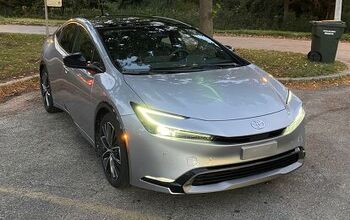
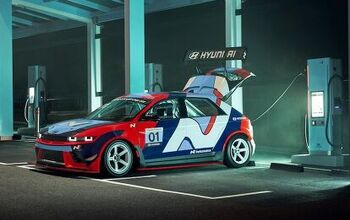
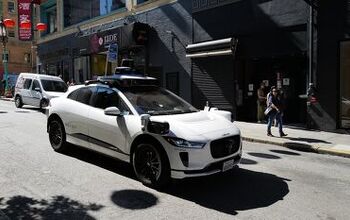

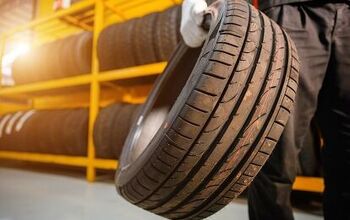


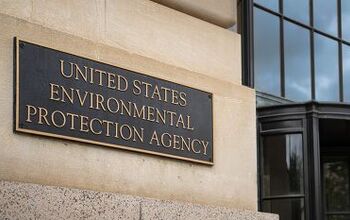

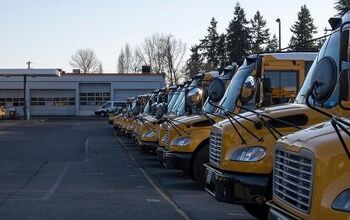


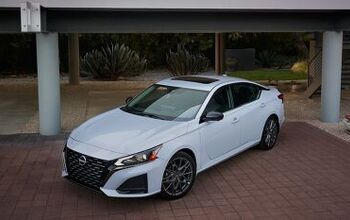
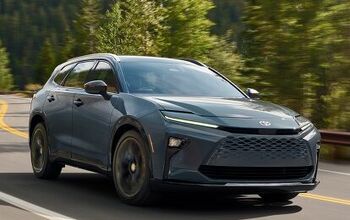
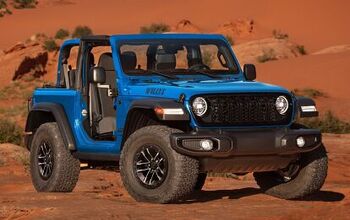
Comments
Join the conversation
The pictures and videos coming out of Mexico City are horrifying. I’ve seen the aftermath of a few earthquakes (I’m a structural engineer) and it’s not a new story. The city is basically built on a bowl of jello that amplifies the ground motions. Here in San Francisco, parts of the city had a similar effect in 1989, with the Cypress superstructure and buildings in the Marina District built on low-quality fill. That earthquake would not otherwise have been a major one in SF, given the distance to the epicenter. One major reason the auto industry is fine is that its facilities are relatively new and they’ve actually been engineered. The one in the photo either precedes building codes or ignored them. That’s common here too (buildings designed before adequate codes – it’s harder to get away with ignoring them), especially because we keep learning about earthquakes so our old codes weren’t all that great.
Natural disasters are generally unforgiving if you build over/near former lakes, swamps, and river beds. Taking some care on your sighting and building standards always pays (relative) dividends.